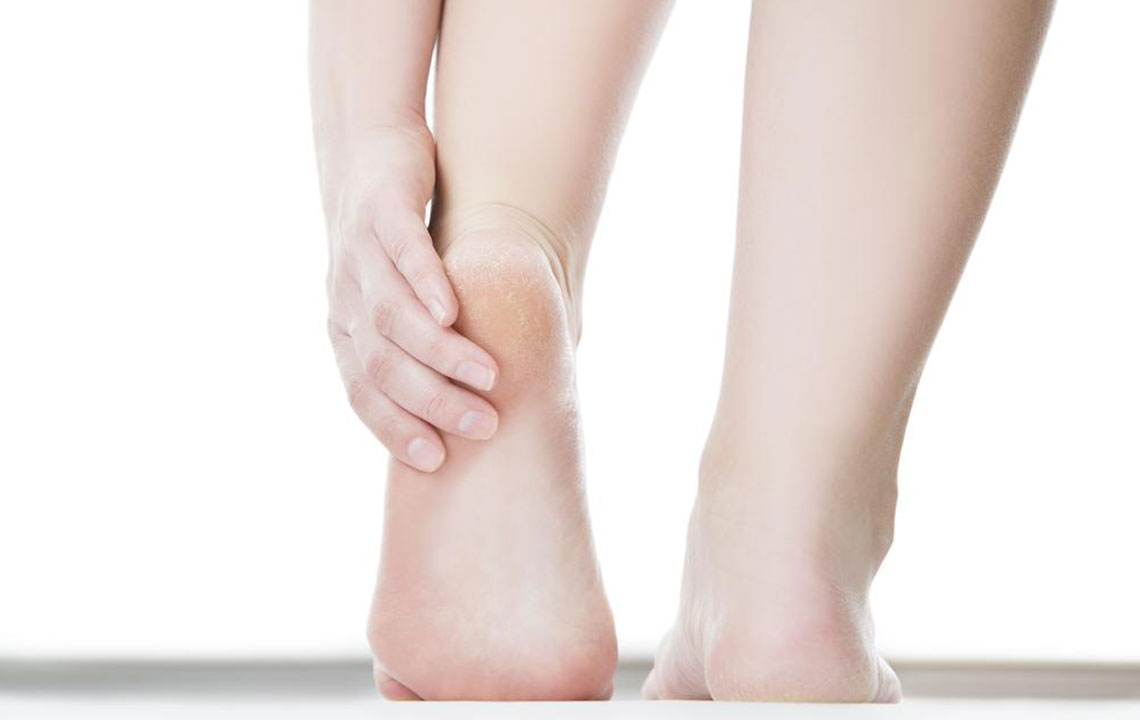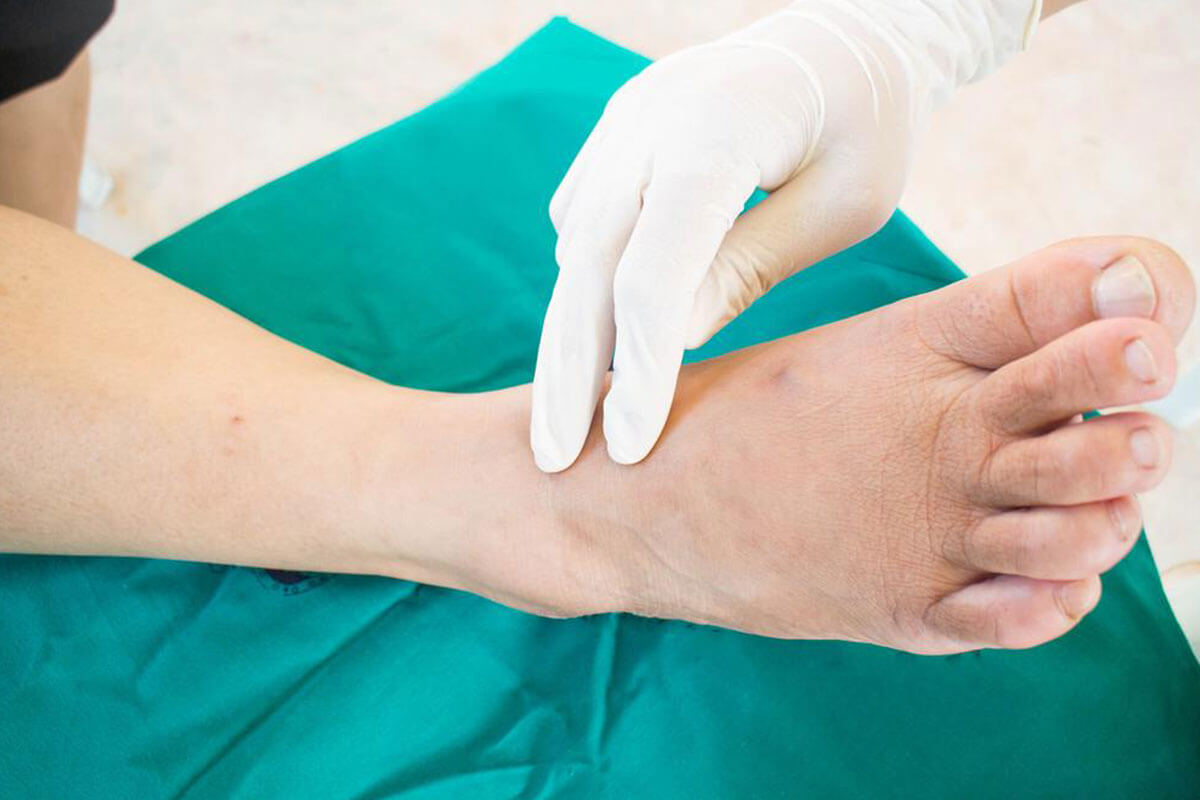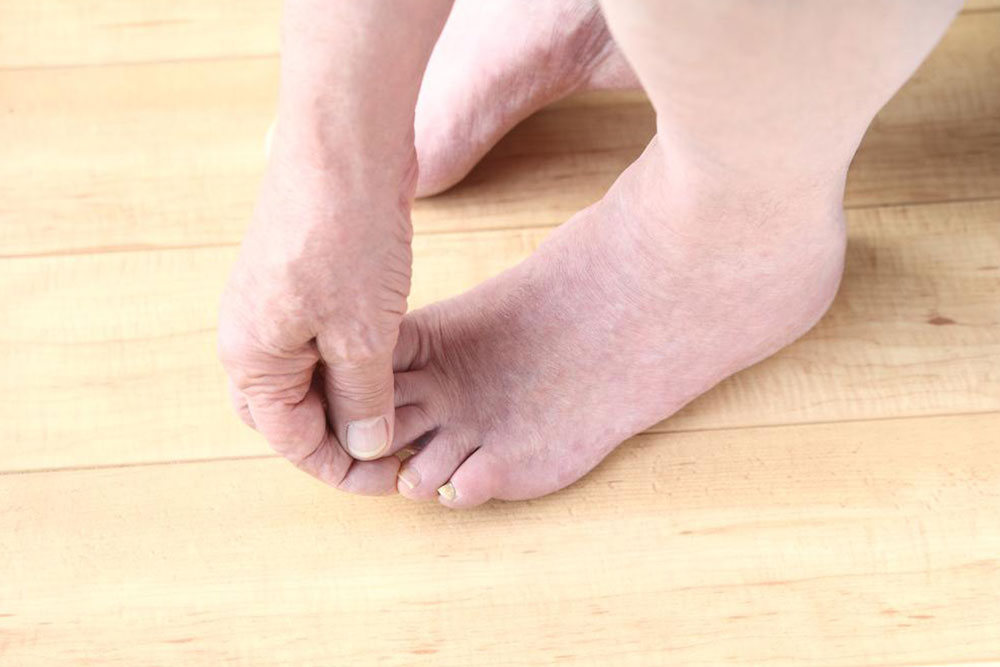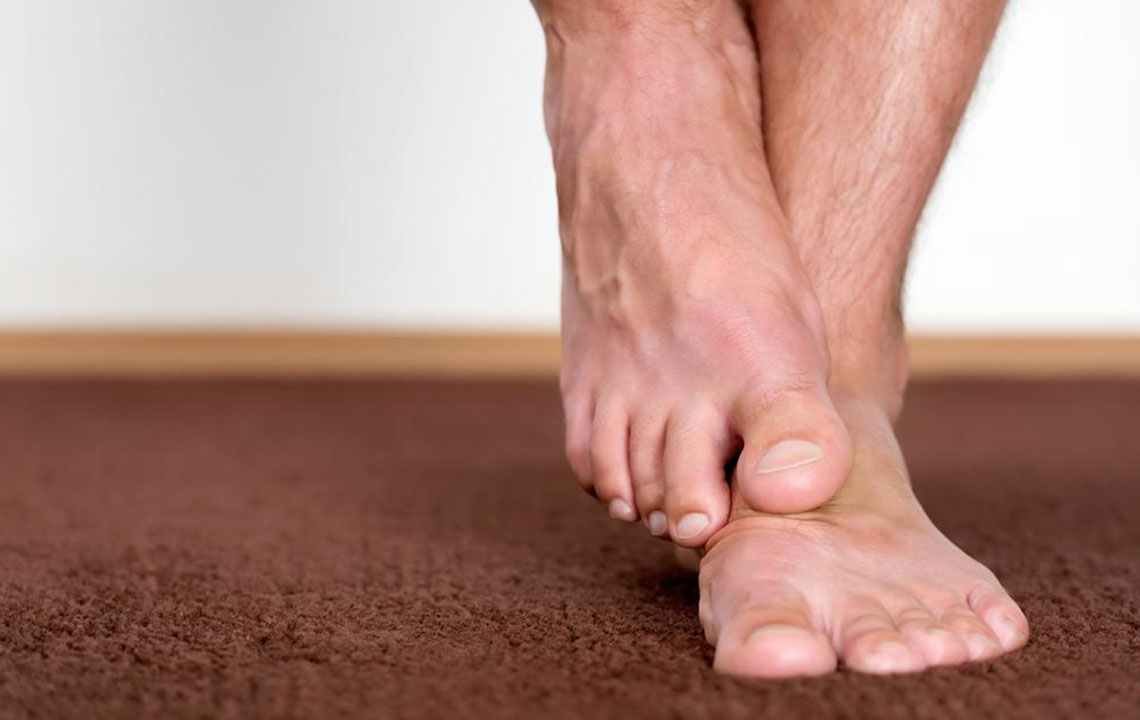Comprehensive Guide to Effective Diabetic Foot Health Management
Maintaining foot health is vital for individuals with diabetes. This comprehensive guide covers common foot problems, preventive tips, and the importance of daily foot care routines. Proper management can prevent dangerous complications like infections, ulcers, and amputations. Regular hygiene, appropriate footwear, and active blood circulation are key strategies in ensuring healthy feet. Staying vigilant and seeking medical advice when needed helps mitigate risks associated with diabetic foot issues, ultimately supporting a better quality of life for those managing diabetes. Educating oneself about foot health can lead to proactive prevention and early detection of problems before they become severe.

Comprehensive Guide to Effective Diabetic Foot Health Management
Managing foot health is a critical aspect of overall diabetes care. Diabetic foot complications are common issues that can significantly impair quality of life if not addressed properly. These problems arise from the complex effects of diabetes on the body's nerves and blood vessels, leading to increased susceptibility to injuries, infections, and deformities in the feet. With proper understanding, proactive measures, and diligent care routines, individuals living with diabetes can prevent many of these complications and maintain healthy feet over the long term.
At the core of diabetic foot issues are two primary physiological challenges: compromised blood flow, which reduces oxygen and nutrients reaching the tissues, and peripheral neuropathy, a condition that diminishes sensation in the extremities. These factors create a perfect environment for unnoticed injuries and slow healing, making foot health management essential for avoiding severe outcomes such as foot ulcers and amputations.
Understanding Diabetic Foot Problems:
Fungal and Bacterial Infections: Toenails are frequently affected by fungal infections resulting in discoloration, thickening, and crumbling, which may lead to secondary bacterial infections and tissue damage. Prompt treatment is essential to prevent progression.
Joint and Muscle Complications: Diabetes-related nerve damage can weaken muscles and cause joint stiffness, leading to deformities and difficulties with mobility. Recognizing early symptoms allows for targeted physical therapy and medical intervention.
Calluses, Corns, and Shoe-Breakdown: Hard skin patches develop from persistent pressure or friction, often exacerbated by ill-fitting footwear. These require careful management to prevent ulcer formation.
Bunions and Structural Deformities: Misalignment of the big toe joint often results in bunions, which can cause swelling, redness, and discomfort. In advanced cases, surgical correction might be necessary to restore foot function.
Dry and Cracked Skin: Cracked skin around heels and other areas increases the risk of infections. Regular moisturizing with specialized creams is vital for maintaining skin integrity.
Essential Preventive Measures for Diabetic Foot Care:
Consistent Moisturization: Applying emollients helps maintain skin elasticity, preventing cracks and tears.
Daily Foot Hygiene Practices: Washing feet with warm water, drying thoroughly, and using foot powder or cornstarch reduce bacterial and fungal growth.
Managing Calluses and Corns: Gentle removal of excess skin with pumice stones or foot files can alleviate pressure and discomfort. Consult a healthcare provider for persistent issues.
Proper Footwear Selection: Investing in well-fitted shoes with adequate support minimizes injury risks. Avoid tight or ill-fitting shoes, especially for long walks or prolonged standing.
In addition to these measures, promoting active circulation through simple exercises like toe wiggles, ankle rotations, and foot stretches enhances blood flow, aiding in tissue health and healing. Regularly inspecting feet for cuts, blisters, or signs of infection, along with prompt medical attention for any abnormalities, is crucial for long-term foot health management in diabetic patients. Building good foot care routines and staying vigilant can significantly diminish the risk of serious complications, enabling individuals with diabetes to lead healthier, more comfortable lives.





